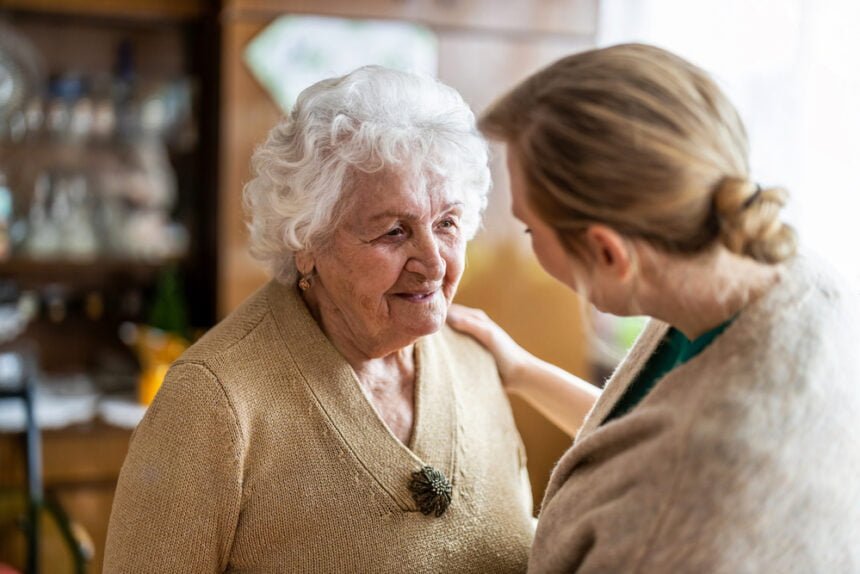Seniors are at a high risk for various health issues. The National Council on Aging reports that 95% of seniors have at least one chronic health condition and 80% have at least two.
As the population ages, the need for breakthroughs in senior care becomes increasingly important. In 2023, several new developments have emerged that have the potential to greatly improve the lives of seniors.
Remote Patient Monitoring
As Donaldson & Weston explains, remote patient monitoring (RPM) has been around for a few years, but it has really taken off in 2023. RPM uses technology such as wearables and sensors to monitor a patient’s vital signs and other health data from a distance. This allows doctors to keep a close eye on their patients without requiring them to come into the office. RPM is especially important for seniors who may have difficulty traveling to appointments.
AI-Powered Personalized Care
Artificial intelligence (AI) has made great strides in healthcare, and it is now being used to personalize care for seniors. AI algorithms can analyze a patient’s medical history and other data to create a personalized care plan that is tailored to their unique needs. This can help doctors make more informed decisions and ensure that seniors receive the best possible care.
Virtual Reality Therapy
Virtual reality (VR) has been used for entertainment purposes for years, but it is now being used in senior care. VR therapy has been shown to be effective in treating a range of conditions, including depression, anxiety, and chronic pain. For seniors who may not be able to leave their homes, VR therapy can provide a much-needed escape and help them cope with their conditions.
Smart Homes
Smart homes are revolutionizing the way we care for seniors. With an aging population and an increasing demand for elderly care, smart homes provide an innovative solution that combines technology and healthcare to ensure the safety and wellbeing of seniors.
One of the many applications of this technology can be seen in an assisted living community, where smart devices and systems are implemented to support day-to-day activities and medical needs. By integrating technology within an assisted living community, caregivers can monitor residents in real time, enabling a more personalized and responsive level of care that truly enhances the quality of life for its inhabitants.
For seniors who may have mobility or dexterity issues, voice-activated controls provide a convenient and accessible way to control their environment. With voice commands, seniors can adjust the temperature, turn on lights, and even open doors, without having to navigate physical switches or buttons. This not only makes life easier for seniors, but also provides an added level of safety, as they can control their environment without having to get up and move around.
Smart homes also offer innovations in medication management. With medication reminders and alerts, seniors can be reminded when it is time to take their medication and receive a notification when they have missed a dose. Caregivers can also remotely monitor medication usage, ensuring that seniors are taking their medication as prescribed.
Furthermore, smart homes can be designed to be more accessible for seniors with mobility issues. This can include features such as wheelchair ramps, wider doorways, and walk-in showers. In addition, smart homes can be equipped with sensors that detect falls or other accidents, allowing caregivers to respond quickly and provide assistance.
Telemedicine
Telemedicine took off during the pandemic, when around 37% of people saw their healthcare providers remotely. However, it has stayed popular in recent years.
Telemedicine has been around for a while, but it has become even more important in 2023. Telemedicine allows doctors to consult with patients remotely, which is especially important for seniors who may have difficulty traveling to appointments. Telemedicine can also be used to monitor patients and adjust their care plans as needed.
Overall, these breakthroughs in senior care have the potential to greatly improve the lives of seniors. By using technology to personalize care, monitor patients remotely, and provide access to specialized therapies, seniors can maintain their independence and quality of life for longer. As technology continues to evolve, we can expect even more breakthroughs in the years to come.

